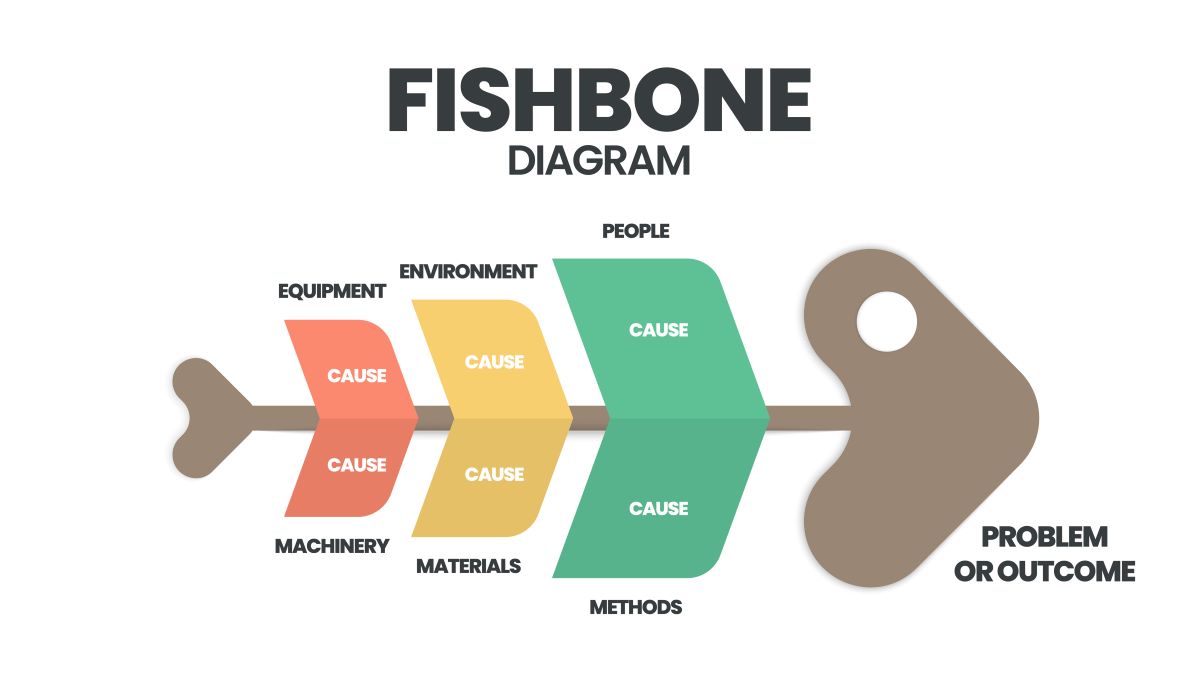“5 Whys” of Root Cause Analysis
Q. Why did the duck cross the road?
A. To get to the other side.
Q. Why did the duck need to get to the other side?
A. To get away from the rabbit.
Q. Why did the duck need to get away from the rabbit?
A. It was duck season in Loony Tunes, and the hunter was on the chase.
In this example, I used the Five Whys facilitation technique to elicit and paint a picture of the classic age-old struggle between a duck, a rabbit, and a hunter. Imagine using this technique to answer tough questions and get to the root cause of complex problems and difficult situations.
The Five Whys technique
The Five Whys technique is a directed question-and-answer facilitation technique used in root cause analysis. Use this technique alone or with other analysis techniques in requirement workshops.
Root cause analysis
Root cause analysis is a structured process that examines the cause-and-effect relationships between the conditions and events that led to specific outcomes. During root cause analysis, we must challenge the status quo and think beyond the business-as-usual answers frequently proposed when encountering a problem. This process can uncover the source of a problem, result, outcome, or event
Directed question-and-answers
Directed question-and-answer techniques focus on a specific target or goal where the answers to the previous question shape each follow-up question. After five iterations of asking, “Why?” we arrive at a deep understanding of the motivation and need that will fix the problem or drive the initiative to succeed. When used with other techniques like Cause-and-Effect diagramming, asking “Why?” five times is usually enough to get to the bottom line.
Application of the technique
The rule of five
- The number “five” is only a rule of thumb, not a strict mandate.
- Ask more than five or less than five questions to create a picture of the triggering events and conditions.
- After each round of questions and answers, ascertain if the root cause is found and ask more questions if not.
- You may miss relevant signals and insights if you stop asking “Why?” too soon.
- If you continue asking “Why?” after the participants are no longer engaged, the discussion may become frivolous or disrespectful.
Questions and Answers
- Prepare questions before the meeting, but do not rely on the script.
- Avoid leading questions, but ask open-ended questions instead.
- Assess the speaker’s posture and use of ambiguous words or phrases, then respond to affirm what was said.
- Practice active listening so that you can form the right question to ask.
- It is OK to ask, “How?” “When?” or “Where?” if it brings us closer to the source.
If we use this technique correctly, we will understand the root cause of the problem and see the driving forces behind the need to change the system, process, procedure, or policy.







